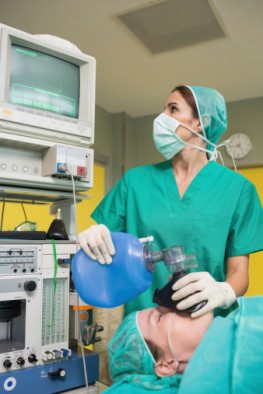Data Lacking on Errors, Injuries in Robotic Surgery
31January2014
31January2014

Injuries and errors linked to robotic surgery have recently come into the spotlight. However, federal officials have little accurate data on the number and types of such errors.
Many hospitals have robotic systems in place, and robotic surgeries are being used in an increasing number of procedures, including gynecological and cardiovascular surgery. In 2012, the da Vinci robotic surgery system, built by Intuitive Surgical, was used in more than 350,000 surgeries in American hospitals, according to a recent report by Bloomberg news.
There are a number of benefits to robotic surgery. Doctors believe that the use of robotic devices results in less bleeding during surgery and accelerates recovery.
However, the devices have been linked to errors resulting in catastrophic injuries and fatalities. What is concerning is the lack of solid data about injuries caused by these devices.
The U.S. Food and Drug Administration maintains a database of reports of medical device-related deaths and fatalities. This database includes reports of fatalities and injuries linked to robotic surgical devices.
The data come from doctors and hospitals. However, the FDA has no authority to force doctors to contribute data on injuries. While hospitals are required to report injuries and fatalities, they often fail to update the database. The FDA has indicated that it is well aware of the underreporting of events by doctors and hospitals.
Recently, Bloomberg reviewed reports of robotic operations and found that dozens of medical injuries went unreported for years. Additionally, a number of other relevant details involving the use of robotic devices were not included in the official reports filed with the Food and Drug Administration.
The result is a database that is inadequate for understanding why robotic surgery-related errors occur and how widespread they are. In the absence of data, for instance, it is hard to know whether most errors occur as a result of the malfunctioning of the devices or lack of sufficient training for doctors who use the devices.
Many experts agree that the current FDA system for reporting adverse events is weak, with many doctors and hospitals having an incentive to not report errors. Unfortunately, doctors and health care providers often fail to disclose medical errors. Many victims of medical malpractice are left with more questions than answers after a medical error. To know what happened and whether malpractice occurred, victims of medical errors may need to have a medical malpractice attorney review their medical records and determine whether a preventable medical error occurred.